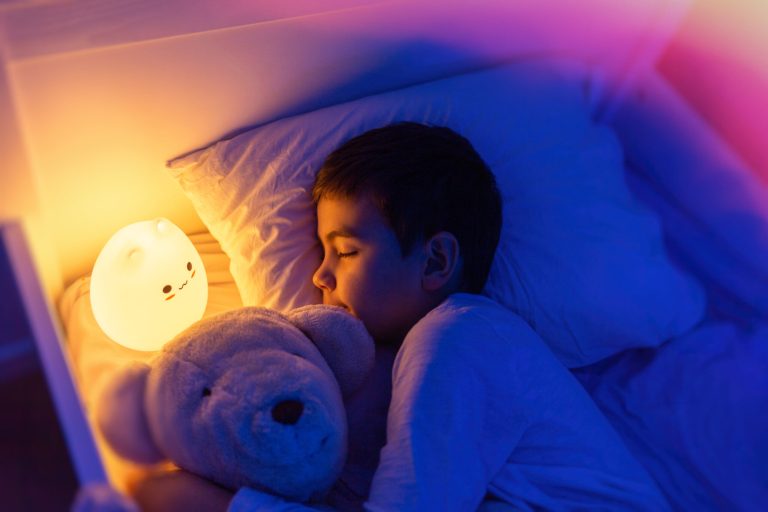In today’s fast-paced world, a good night’s sleep often feels like a luxury. While many people focus on bedtime routines or sleep aids, one crucial factor is often overlooked—the color of the light around you. The lighting you expose yourself to in the evening can significantly affect how quickly you fall asleep and how restful your sleep becomes. According to insights shared via Harlem World Magazine, understanding the right light color can transform your nighttime environment and help you achieve deeper, healthier rest.
Why Light Color Matters for Sleep
Our bodies follow a natural rhythm known as the circadian rhythm, which is largely influenced by light exposure. Blue and bright white lights mimic daylight, stimulating alertness and delaying the production of melatonin—the hormone responsible for sleep. On the other hand, warm tones encourage relaxation, signaling to your body that it’s time to wind down.
Best Light Colors to Promote Restful Sleep
-
Warm White or Soft Amber: These colors are closest to the hues of sunset and help the body prepare for rest. They promote calmness and trigger the release of melatonin.
-
Red or Pink Tones: Studies show that red light has the least impact on circadian rhythm, making it one of the most sleep-friendly options. It reduces sleep disruption and encourages a more natural transition to rest.
-
Avoid Cool Blue Lights: Blue light, commonly emitted by phones, tablets, and LED screens, is the biggest disruptor of sleep. It tricks the brain into thinking it’s daytime, leading to restless nights.
Practical Tips for Choosing the Right Light
-
Use Dimmable Bulbs: Adjustable lighting allows you to gradually shift from bright to soft light in the evening.
-
Create a Sleep-Ready Space: Reserve warmer lighting for bedrooms and avoid overhead fluorescent lights late at night.
-
Limit Screen Exposure: If using devices before bed, apply blue-light filters or wear blue-light blocking glasses.
The Role of Morning Light
Interestingly, your evening sleep quality is also shaped by morning light exposure. Natural sunlight in the early hours helps reset your circadian rhythm, making it easier to fall asleep at night. Pairing healthy light exposure in the day with soothing light at night creates a balanced sleep cycle.
Final Thoughts
Sleep is more than just shutting your eyes—it’s about creating the right environment for your body to naturally rest and recharge. By choosing warm, gentle light colors and minimizing disruptive blue tones, you can align your surroundings with your biological clock. As emphasized via Harlem World Magazine, the right lighting isn’t just about ambiance—it’s about health, wellness, and the quality of your sleep.


